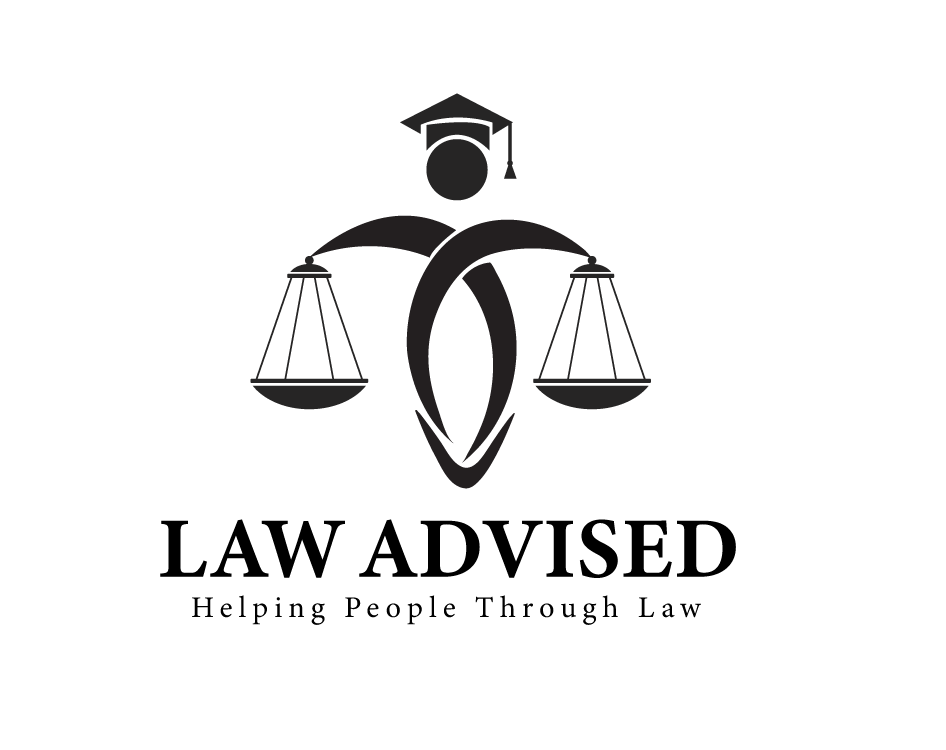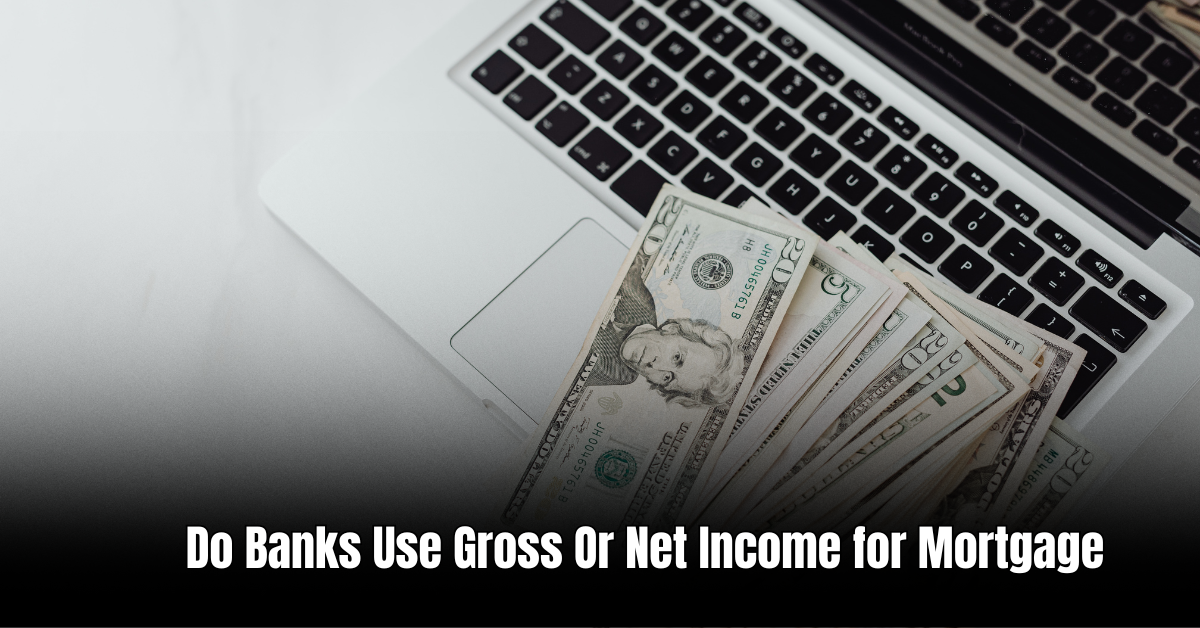In the 1970s, the world experienced a significant shift in mortgage rates, impacting the real estate market and homeowners across the globe. Let’s dive into how mortgage rates were during that time and how they compared to today.
The 70s Mortgage Rates Overview
The 1970s were a time of economic change, and the housing market was not immune to these fluctuations. Mortgage rates during this period fluctuated significantly, rising and falling due to various factors.
At the beginning of the 70s, mortgage rates were relatively low, with an average rate of around 7%. However, as the decade progressed, inflation and the oil crisis hit the global economy, leading to a surge in mortgage rates. By the end of the 70s, rates had reached an average of 12%.
Factors Affecting Mortgage Rates in the 70s
Several factors influenced the mortgage rates during the 1970s. The major factors were:
- Inflation: Inflation rates during the 70s were soaring, which had a significant impact on mortgage rates. Lenders raised rates to protect themselves from losing money due to inflation.
- Oil Crisis: In 1973, there was an oil crisis that disrupted global oil supplies. This led to an economic downturn, impacting mortgage rates and making it more expensive for borrowers.
- Economic Uncertainty: The 70s also saw economic uncertainty, characterized by high unemployment rates and slow economic growth. These factors contributed to higher mortgage rates.
The Impact on Homeowners
The high mortgage rates of the 70s had a significant impact on homeowners. Affordability became a major concern, as higher interest rates meant higher monthly mortgage payments.
In addition, the high rates made it difficult for many potential buyers to enter the housing market. Buying a home became more challenging, leading to a decrease in demand and a slowdown in the real estate market.
Many homeowners during this period were stuck with high-interest mortgages and struggled to refinance due to the unfavorable rates. This created financial difficulties for families and individuals alike.
Comparison to Today’s Mortgage Rates
Comparing mortgage rates in the 70s to today’s rates reveals a stark difference. Currently, mortgage rates are much lower, making homeownership more affordable.
As of 2021, average mortgage rates are ranging around 3%, significantly lower than the double-digit rates of the 70s. Low mortgage rates today have helped fuel the housing market, allowing more people to buy homes and stimulating economic growth.
Today, homeowners have more flexibility when it comes to refinancing their homes at lower rates, freeing up additional funds for other purposes or reducing monthly payments.
The Future of Mortgage Rates
While it’s impossible to predict the future of mortgage rates with certainty, experts suggest that rates may gradually increase in the coming years. The exact trajectory will depend on various economic factors such as inflation, employment rates, and government policies.
However, even if rates do increase, it’s essential to understand that they are unlikely to reach the heights witnessed in the 1970s. Lending practices and economic policies have evolved, providing greater stability and ensuring more manageable rates for homeowners.
Frequently Asked Questions For Mortgage Rates In The 70s: Transforming Home Financing
Faq 1: What Were Mortgage Rates Like In The 70s?
Mortgage rates in the 70s were significantly higher compared to today’s rates, averaging around 8-10%.
Faq 2: How Did Mortgage Rates In The 70s Impact Homebuyers?
High mortgage rates in the 70s made it more difficult for homebuyers to afford homes, leading to decreased affordability and fewer sales.
Faq 3: Why Were Mortgage Rates So High In The 70s?
The 70s experienced high inflation rates, which led to increased borrowing costs and ultimately higher mortgage rates.
Faq 4: Did Mortgage Rates In The 70s Have Long-term Effects?
Yes, the high mortgage rates in the 70s contributed to a slowdown in the housing market and impacted the overall economy.
Conclusion
Mortgage rates in the 1970s were characterized by significant fluctuations and high averages due to inflation, the oil crisis, and economic uncertainty. Homeowners faced challenges with affordability and refinancing, resulting in a slowdown in the real estate market.
Today, mortgage rates are significantly lower, making homeownership more accessible and stimulating economic growth. While rates may increase in the future, they are unlikely to reach the levels seen in the 70s. Homeowners can take advantage of the current low rates and make informed financial decisions.
Ismail Hossain is the founder of Law Advised. He is an Divorce, Separation, marriage lawyer. Follow him.




Leave a Reply